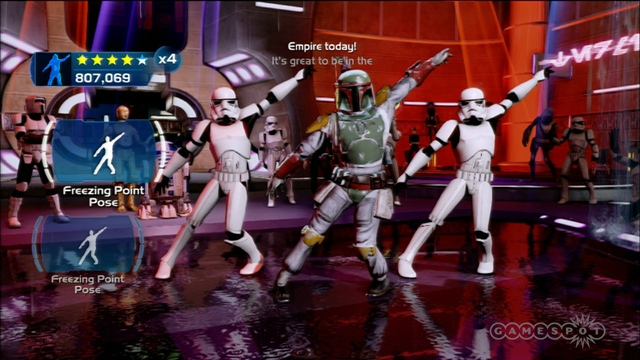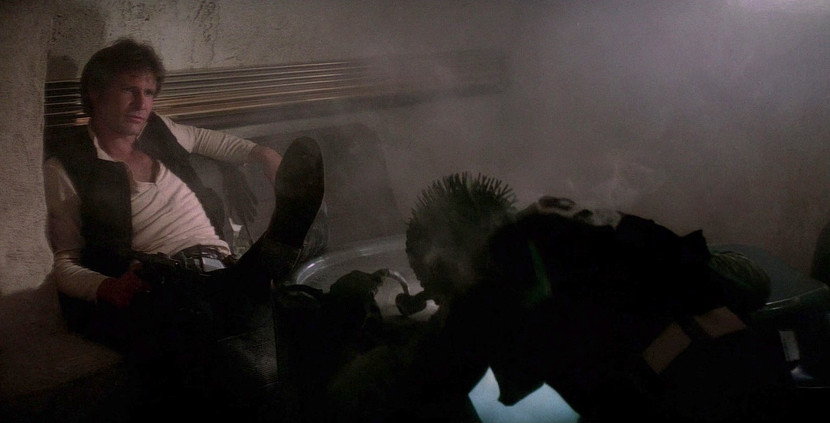 In addition to this week being Eleven-ThirtyEight’s anniversary, a few days ago I got a notification that I’d officially been a member of the Jedi Council Forums for—wait for it—fifteen years.
In addition to this week being Eleven-ThirtyEight’s anniversary, a few days ago I got a notification that I’d officially been a member of the Jedi Council Forums for—wait for it—fifteen years.
There aren’t many of us around those parts with registration dates in the 20th century, but staff writer Ben Crofts is a part of that fraternity as well. And while fifteen years for me is almost half my life (and almost the entirety of my Star Wars fandom), Ben had the benefit of already being in his twenties in July of 1999, and of being a SW fan since 1983. What I mean to say is, for all the myriad experiences I’ve tried to bring to bear in my writing here, Ben’s experience trumps mine by a country mile.
So he was uniquely qualified to process fans’ all-too-predictable reactions to the Expanded Universe reboot a couple months ago, and group them into discrete categories as he did in Reboot Strategies, part of his then-ongoing Fleeing the End series. With his characteristic British joie de vivre, Ben calmly laid bare the range of camps us EU fans would be slowly filtering into—even as we were still figuring it out for ourselves—including the so-called “Lebowski Strategy”:
“All the Dude wanted was to keep Luceno’s work in, man! It really tied the EU together! And the Dude has a point. If Luceno, one of the best going at working collaboration, especially in the wake of Allston’s death, gets deemed non-canon, nothing’s safe. For this strategy, a certain laid-back attitude is essential. The Dude may well consider Star Wars: Tarkin an adequate replacement, if he gets it dirt cheap or free or talks Kathleen Kennedy into giving him a free copy, as it really ties the EU together.”
For the record? I’m a Senecan. Find out your own type at the link above and let us know which camp you’re in in the comments below.
Oh, and fifty points to anyone who can explain why I used the above picture.

 Part of being what I’ve called a “wonk-friendly” Star Wars fansite is being willing to dive into even the most granular political messages embedded within the story, and trusting readers not just to keep up, but to care.
Part of being what I’ve called a “wonk-friendly” Star Wars fansite is being willing to dive into even the most granular political messages embedded within the story, and trusting readers not just to keep up, but to care.
